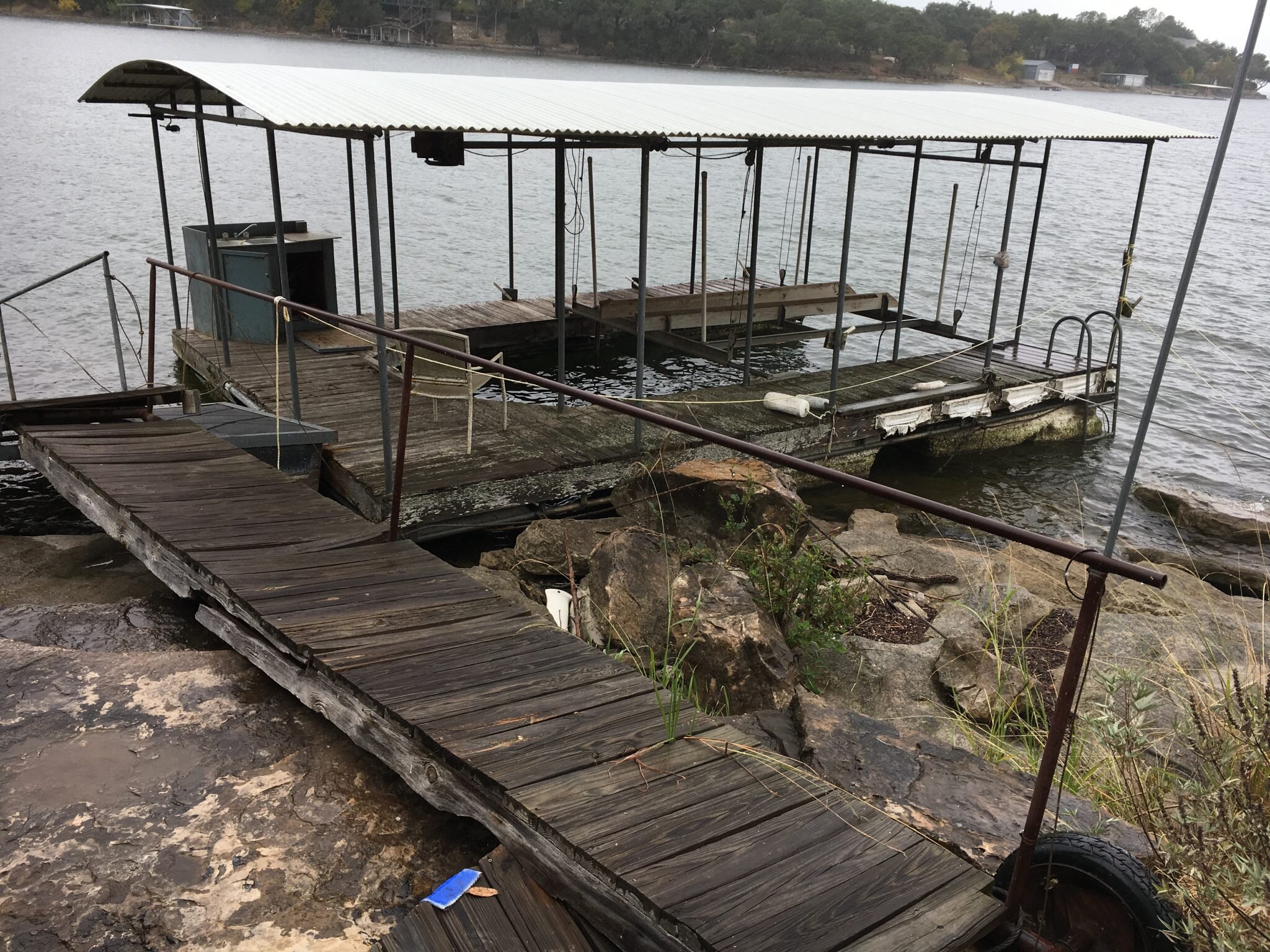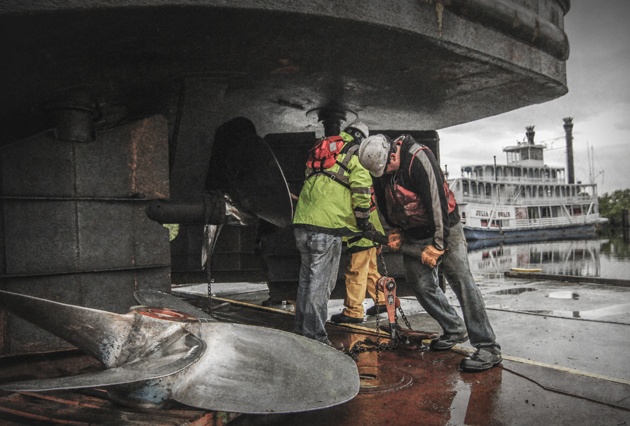Comprehending the Prices Involved in Dock Repairs
Comprehending the Prices Involved in Dock Repairs
Blog Article
Effective Dock Repair Techniques: Making Certain Architectural Stability
Making sure the structural integrity of anchors through reliable repair work techniques is paramount for the longevity and safety of aquatic centers. This includes a multi-faceted strategy starting with comprehensive assessments making use of advanced modern technologies like sonar devices and remotely ran lorries (ROVs) to identify both noticeable and concealed damages. Ultimately, picking the right repair service materials, such as corrosion-resistant alloys and composite materials, is crucial for durability. Architectural reinforcement approaches, including the application of cross-bracing systems and load-distribution plates, play a vital duty in mitigating stress and anxiety points. However, the significance of these methods comes to be evident when checking out sophisticated repair approaches and preventative upkeep techniques.
Analyzing Dock Damages
Analyzing dock damage is a critical initial step in making certain the structural honesty and safety of any type of docking facility. This first assessment involves an extensive assessment to identify both hidden and visible damages. Secret aspects to check out consist of the dock's foundation, pilings, decking, and equipment. Each part must be looked at for indications of wear, rot, rust, or other forms of destruction that could jeopardize the structural integrity.
Structural engineers or certified inspectors commonly do these assessments utilizing specialized devices and strategies. Underwater assessments may utilize sonar devices or remotely ran automobiles (ROVs) to discover submerged damages. Above water, visual assessments are enhanced by utilizing dampness meters and various other diagnostic devices to reveal underlying issues not promptly noticeable to the naked eye.

Finding Repair Work Products
Selecting the proper repair service products is a pivotal action in the dock repair procedure, one that straight influences the long life and efficiency of the repaired framework. Material option have to be driven by variables such as environmental problems, load-bearing requirements, and compatibility with existing dock parts. For instance, timber is a standard selection for docks as a result of its natural durability and aesthetic appeal. Nevertheless, choosing the best sort of timber, such as pressure-treated lumber or normally rot-resistant varieties like cedar or teak, is crucial to endure water settings.
Along with timber, composite materials are significantly preferred due to their longevity and low upkeep needs. Composites, generally made from a blend of plastic and wood fibers, supply exceptional resistance to rot, bugs, and UV damages. For metal docks, picking corrosion-resistant alloys such as galvanized steel or marine-grade aluminum is necessary to stop rust and guarantee structural integrity in saline water problems.
Epoxy resins and marine-grade sealants are important for repairing splits and securing joints, offering a waterproof obstacle and boosting the dock's general strength. By meticulously selecting high-grade materials, dock repairs can attain resilient results, therefore safeguarding versus future degradation and guaranteeing safe, trusted usage.
Architectural Reinforcement Techniques
Reliable architectural support methods are crucial in guaranteeing the security and longevity of dock repair work. One essential method entails using steel or composite reinforcement bars (rebar) within concrete frameworks. Rebar supplies added tensile stamina, avoiding cracks and dispersing loads extra equally. This method is especially efficient for anchors revealed to hefty loads or rough ecological conditions.
One more necessary strategy is the application of fiber-reinforced polymers (FRP) These products offer high strength-to-weight ratios and outstanding resistance to deterioration, making them ideal for strengthening concrete or wood docks. FRP can be used in sheets or strips and adhered with epoxy resins to improve architectural stability.
Supporting and securing systems also play an important role in structural support. Cross-bracing, using steel or wooden beam of lights, can counteract lateral pressures, lowering swaying and motion. Securing systems, such as helical piers or driven stacks, offer a secure foundation by moving tons to deeper, more secure dirt layers.
Lastly, the assimilation of load-distribution plates can assist distribute weight a lot more uniformly throughout the dock's surface area, minimizing local anxiety factors. These strategies collectively guarantee that anchors stay durable and secure, qualified of holding up against the roughness of their operational setting.
Advanced Repair Techniques

An additional sophisticated strategy includes underwater welding, which enables for repair services to be carried out without the need to dewater the location. This approach is specifically helpful for attending to architectural problems in submerged dock components, ensuring marginal interruption to operations. Enhanced welding methods, coupled with robotic systems, provide this website precision and dependability, consequently extending the lifespan of the dock.
Furthermore, cathodic protection systems are his explanation applied to stop rust in metal dock frameworks. By utilizing sacrificial anodes or amazed current systems, these methods successfully alleviate the electrochemical processes that lead to product deterioration.
Last but not least, progressed monitoring modern technologies, such as architectural health and wellness monitoring (SHM) systems, give real-time information on the condition of dock structures. These systems make it possible for proactive maintenance and timely treatments, inevitably ensuring the lasting structural integrity of the dock.
Upkeep and Avoidance
Upkeep and avoidance are basic concepts that underpin the durability and security of dock structures. Routine assessments are vital, enabling early detection of wear and tear, potential weak points, and ecological effects. An aggressive strategy, entailing regular checks for deterioration, rot, and architectural shifts, alleviates pricey repair work and extends the dock's functional life.
Safety nets need to include using safety finishings to steel elements to guard versus corrosion and using treated timber to resist decay. Additionally, ensuring appropriate water drainage and air flow can stop water accumulation, which is a typical root cause of structural destruction. Including top quality products and adhering to manufacturer guidelines throughout construction and repair stages additionally play essential duties in improving longevity.

Training personnel in dock maintenance finest practices guarantees constant application of safety nets. Leveraging technical advancements, such as drones for inspections and sensors for real-time surveillance, can better enhance upkeep initiatives. By prioritizing upkeep and prevention, dock owners can make sure architectural honesty, functional safety, and cost-efficient management over the dock's lifespan.
Final Thought
To conclude, keeping the structural honesty of marine centers necessitates thorough dock repair techniques. Complete inspections utilizing sophisticated tools uncover both noticeable and hid damages, while the option of suitable repair work materials enhances longevity. Implementing structural support methods addresses stress and anxiety points efficiently. Advanced repair service strategies, coupled with routine maintenance practices, make certain the dock continues to be secure and operational under varied environmental conditions. Adopting these methods substantially lengthens the lifespan and performance of marine facilities.
Ensuring the structural integrity of docks through efficient repair work techniques is critical for the long life and safety of marine facilities.Selecting the ideal repair service products is a critical action in the dock reconstruction process, one that straight influences the longevity and performance of the fixed structure.Effective architectural reinforcement methods are essential in making certain the security and longevity of dock repair services. By prioritizing maintenance and prevention, dock proprietors can guarantee architectural honesty, functional safety and security, and affordable management over the dock's lifespan.
In conclusion, preserving the structural honesty of marine centers requires thorough dock repair service strategies.
Report this page